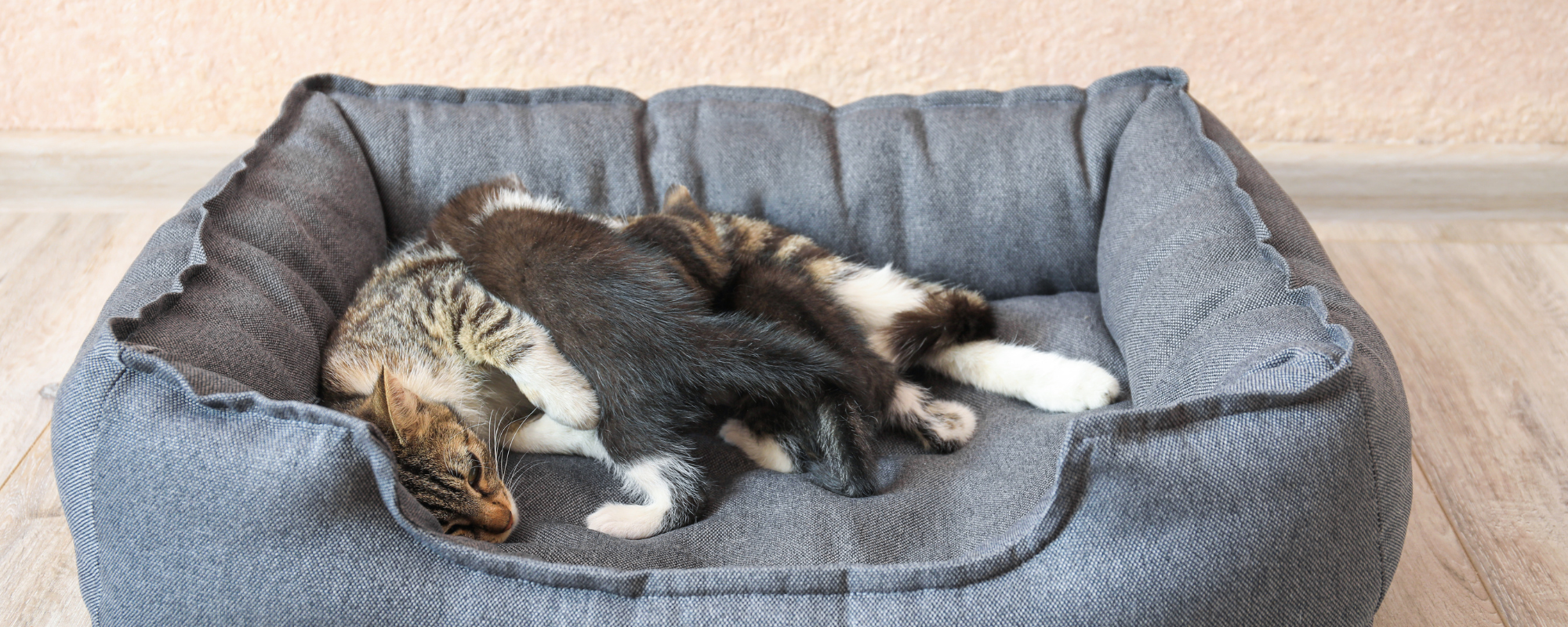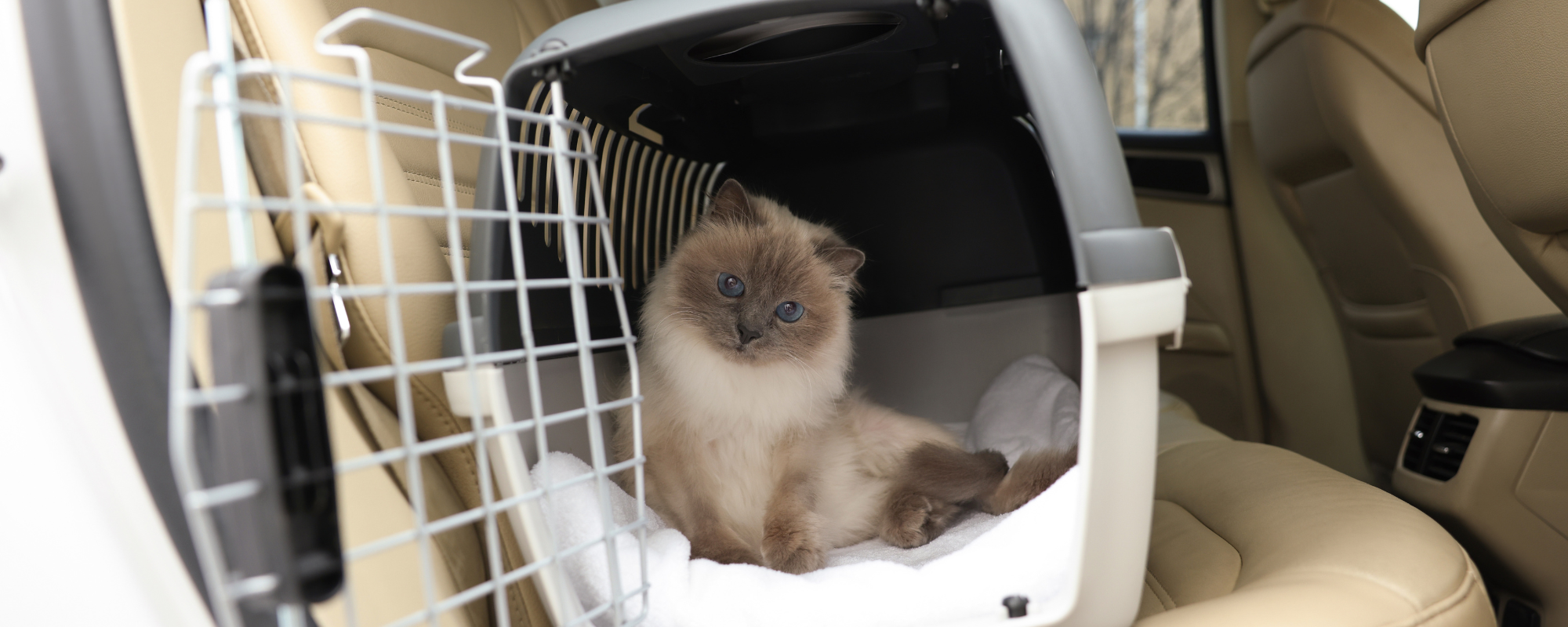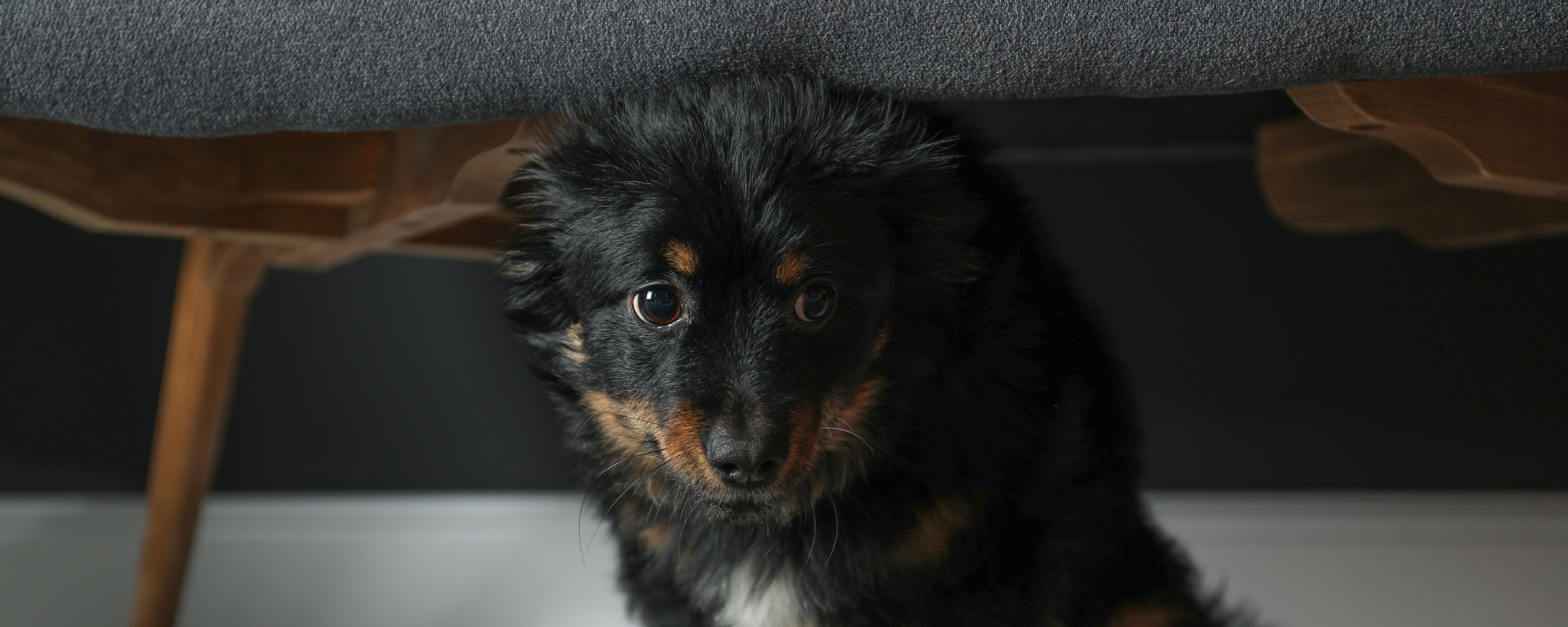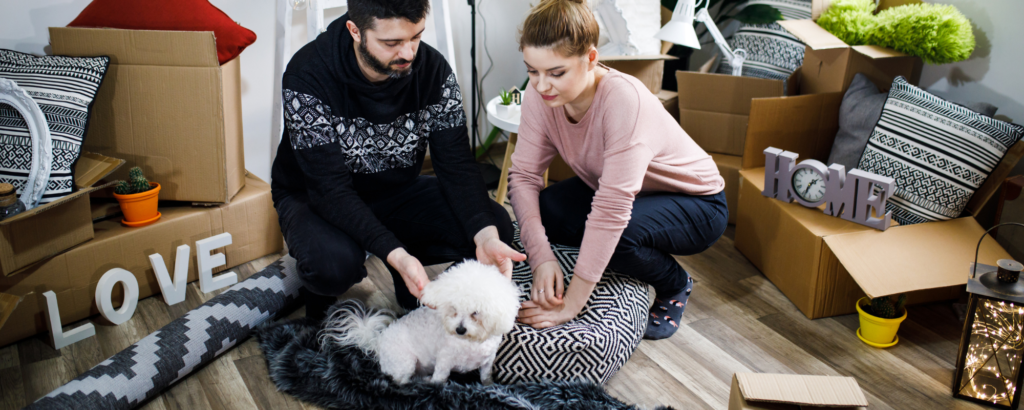Moving with pets to your new house can be as challenging as it is exciting.
For many pet owners their furry, feathered, or scaled companions are not just animals but integral members of the family.
The upheaval of moving house can be particularly unsettling for pets, who rely heavily on routine and familiar surroundings for their sense of security.
Understanding and anticipating the needs of your pets during this transition can help for a smooth and stress-free experience. Not just for your animal, but for you too!
This guide will cover the specifics of pet moving, including everything from the initial preparations to settling into your new home.
Whether it’s a cross-town move or a journey to a new city, each step of the process brings its own set of challenges and considerations.
The aim is to provide valuable tips for moving that acknowledges the emotional and physical well-being of most pets.
Moving is a significant change for everyone involved, and it’s vital to approach it with a plan that considers the needs of your non-human family members.
With the right preparation, moving with pets can be a positive and even a bonding experience, leading to a happy start in your new surroundings.
Pre-Move Preparation for Pets

The moving process can be as disorienting for pets as it is for humans.
In order to make sure your you family pet arrives in the best way possible. Before packing begins, pre-move preparation is vital to plan the whole moving process goes smoothly.
Updating Pet Information
First, it is advisable to update your pet’s ID with your current vet.
This includes microchip registration and tags with your new address and contact details.
During the hustle and bustle of moving pets could easily get lost, so up-to-date identification is crucial in case they slip out the door when moving boxes!
Veterinary Visit
Schedule a visit to the vet for a general check-up and to discuss any concerns about travelling, especially if your pet is prone to anxiety.
Get updated copies of your pet’s medical files, and consider asking about calming remedies or travel tips specific to your pet’s species.
Getting Pets Used to Moving Supplies
Let your pets explore your moving boxes early. Familiarisation reduces anxiety and helps them adjust to the changing environment.
For crate-trained pets, reinforce positive associations with their crate, as it will be a safe space during the move.
Maintaining Routine
Stick to your pet’s regular feeding, exercise, and playtime schedule as much as possible.
Consistency in their daily routine provides a sense of security amidst the changes.
Safe Space
Create a quiet and secure area for your pet, away from the moving action of packing boxes. This could be a separate room or a corner where they can retreat to for peace and quiet.
By thoughtfully preparing your pets for the move, you can significantly reduce stress and anxiety for your animal family member.
This initial preparation stage sets the tone for a more comfortable and secure transition for your beloved companions.
Packing and Organising with Pets in Mind

Creating a Pet-Safe Packing Area
In the previous section we discussed planning either another room or a quiet space within the room for your furry friend.
And with the loud noises associated with packing it’s essential that this has been made.
However not only for loud noises, the area should be away from the main packing zones to keep pets calm and protected from potential hazards like scissors, tape, and small packing materials.
This space can also serve as a familiar refuge, with their favourite toys and bedding, where the disruption of packing is minimal.
Assembling a Pet Essentials Kit
An essential part of moving with pets involves preparing an easily accessible ‘pet essentials’ kit.
This kit should include all the necessary items your pet will need during the move, such as food, water, bowls, their favourite toys, any medications, and comfortable bedding.
It’s a proactive step to ensure that despite the upheaval of moving house, your pet’s routine remains as uninterrupted as possible.
Respecting Pet Territory
Pets are creatures of habit, and their sense of territory is crucial to their sense of security.
As you pack, try to keep your pet’s area unchanged for as long as possible. This is extra important when you are moving house with removal company.
Pack their belongings last and, once at your new home, set up their space first. This helps in providing them a sense of continuity and familiarity amidst the change.
Familiarisation with Travel Crates
If the move involves significant travel, getting your pet comfortable with a travel crate or carrier well in advance is vital.
Gradually introduce them to the crate, using treats and positive reinforcement to make it a space they associate with safety and comfort.
This step is especially important for pets not used to being in crates or carriers, as it can significantly reduce their anxiety during travel.
Travelling with Pets

Choosing the Right Mode of Transport
When moving with pets, selecting the appropriate mode of transport is critical.
For car travel, ensure your pet is accustomed to car rides. Use a well-ventilated, secure crate or harness.
For longer trips, plan for frequent breaks for exercise and bathroom needs. If you’re considering air travel, research airlines’ pet policies thoroughly.
Some pets can travel in the cabin, while others must be in the cargo area.
Train travel can also be an option, with certain railways offering pet-friendly accommodations. Always prioritise your pet’s safety and comfort when choosing the mode of transport.
Comfort Measures During Transit
Ensuring your pet’s comfort during transit is essential. Familiar items like blankets or toys can provide a sense of security.
If travelling by car, maintain a comfortable temperature and provide access to water. Avoid feeding your pet a large meal before travelling to prevent motion sickness.
For air travel, consult with your vet about ways to minimise stress, including the use of calming pheromones or mild sedatives, if necessary.
Always check on your pet regularly, offering reassurance and comfort. Remember, your calm demeanour can significantly influence your pet’s mood during the journey.
By carefully planning the travel arrangements and taking steps to ensure their comfort, you can make the journey less stressful for your pets, allowing for a smoother transition to your new home.
Settling into the New Home

Pet-Proof Your New Environment
Upon arriving at your new home, the first step is to ensure it’s safe for your pets. Check for any potential hazards like loose wires, harmful substances, or small spaces where pets could get stuck.
If you have a yard, ensure it’s securely fenced and free from toxic plants or garden chemicals. Pet-proofing your new surroundings creates a safe space for your pets to explore their more permanent location without risk.
Establishing a Routine
It’s crucial to re-establish your pets old routine as soon as possible. Familiar routines in feeding, walking, and playtimes offer comfort and stability.
Start by setting up their feeding area and a comfortable resting place with familiar bedding or toys. Gradually introduce them to different areas of the house to explore.
If you have outdoor pets, supervise their first outings in the new area to ensure they are safe and can find their way back home. Consistency and patience during this phase will help your pets adjust more quickly and comfortably to their new home.
By pet-proofing the new environment and re-establishing a familiar routine, you can help your pets adjust to their new home with minimal stress, ensuring a smooth transition for the entire family.
Post-Move Pet Care

Monitoring Pet Behaviour
After the house move, it’s important to closely observe your pet for any signs of stress or anxiety. Changes in behaviour like decreased appetite, excessive grooming, or hiding are common indicators that there may be an issue.
Some pets might become more vocal, while others might sleep more than usual. Patience is key during this adjustment period.
Provide a quiet, comfortable space for them to retreat to if they feel overwhelmed.
Continued attention and reassurance will help them feel secure. If these behaviours persist, consider consulting a veterinarian or a pet behaviourist for advice.
Finding Local Pet Services
Once settled, finding local pet services becomes essential.
Research for a new veterinarian and schedule a visit to register on their books. Your new vet can book your pet in for any scheduled vaccinations moving forward.
Locating nearby groomers and pet stores can also make your life easier for essential pet runs.
Also, explore the area for pet-friendly parks and walking trails. Socialising with other pet owners can provide valuable information and resources.
Integrating into the local pet community not only helps you find the best services for your pet but also aids in their socialisation and adaptation to the new environment.
By attentively caring for your pet post-move and integrating into local pet services and communities, you can ensure a smoother adjustment for your pet and a happier, healthier life in your new home.
Tips For Moving With Pets – Conclusion

Moving day to your new with pets can be a fun time, as opposed to being stressful, when planned correctly.
From updating their information and ensuring their comfort during packing, to selecting the right mode of transport and setting up a new, safe environment, each phase of the move requires careful consideration of your pet’s needs.
Post-move, it’s important to observe your pet for any signs of stress and establish a new routine, integrating into local pet services and communities.
And remember, while moving can be stressful it’s also an opportunity to bond with your pets and start a new adventure together!
Patience, understanding, and a bit of extra attention can go a long way in helping your pets adjust to the change.
With these strategies in mind, you can ensure a smoother transition for your beloved companions, making your new house a welcoming home for the entire family.
We hope our tips for moving with your animal friends have been helpful, and ensures a smooth transition for moving house!

